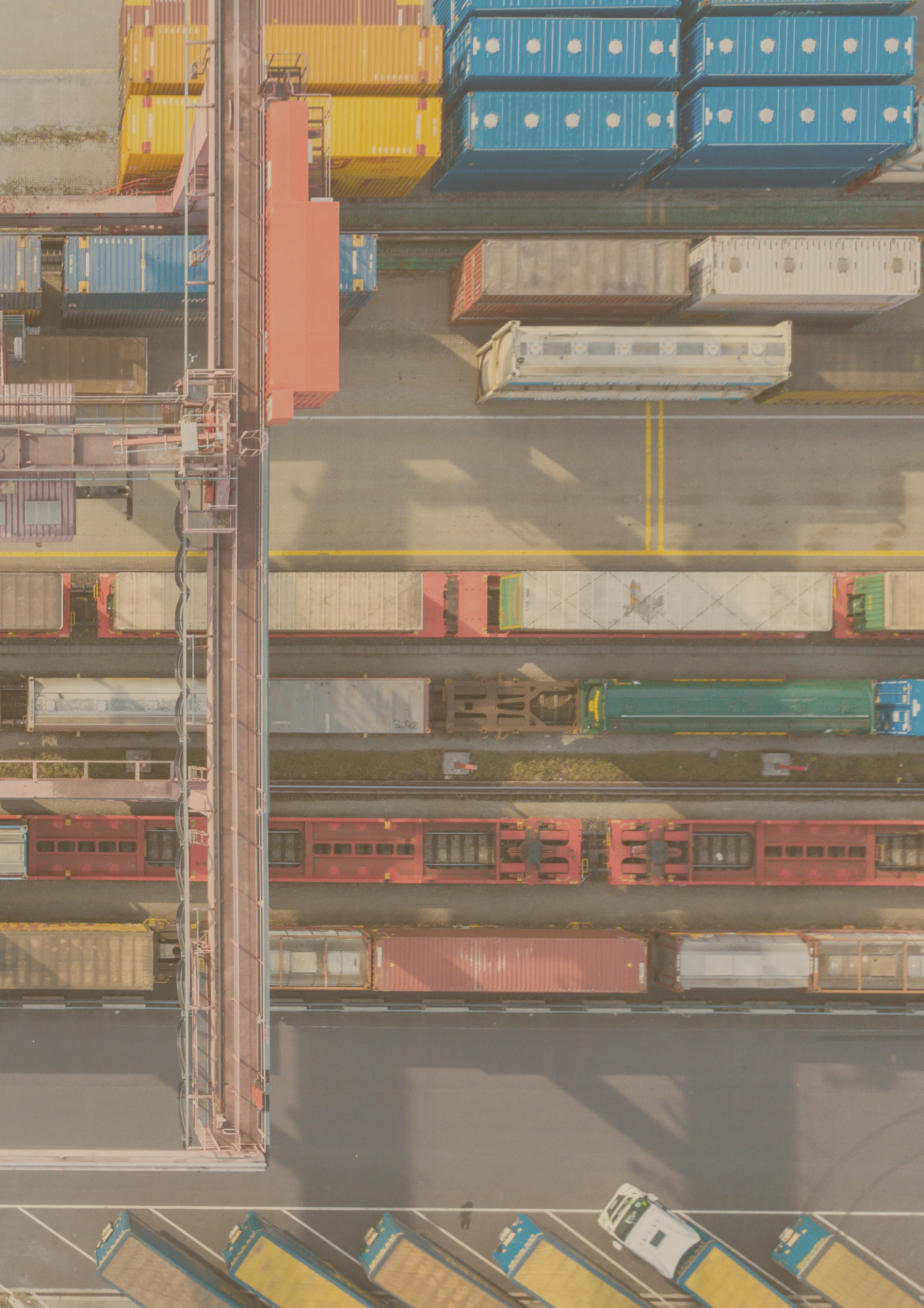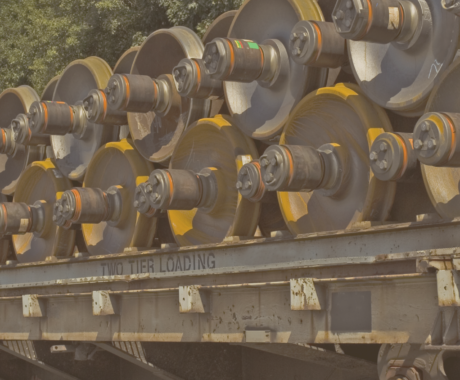In the ever-evolving landscape of freight transport, making the right choice between railways and roads can significantly impact efficiency, cost, and sustainability. While both options have their merits, the advantages of railways over roads are increasingly evident when considering sustainable freight transportation.
Efficiency and Capacity
Railways have long been recognized for their efficiency in moving large quantities of goods over long distances. Trains can carry significantly more cargo than trucks, making them a preferable choice for bulk shipments. This inherent capacity allows for economies of scale, reducing the need for multiple trips and minimizing the associated fuel consumption and emissions. Additionally, rail routes are dedicated and free from the traffic congestion often encountered on roads, leading to more predictable delivery schedules.
Environmental Impact
In the era of heightened environmental awareness, the ecological impact of transportation choices cannot be ignored. Railways offer a greener alternative to road transportation. Trains generate fewer emissions per ton-mile compared to trucks. Their energy efficiency is particularly evident when hauling heavy loads over extended distances. By embracing railways, companies can make substantial contributions to reducing their carbon footprint, aligning with sustainability goals.
Infrastructure and Investment
The existing rail infrastructure is a valuable asset when it comes to cost-effectiveness. Railways are already well-established, requiring less maintenance than roads and experiencing fewer disruptions due to weather conditions. Moreover, the potential for investment and expansion exists, with governments and private entities recognizing the benefits of bolstering rail networks for improved freight transportation.
Collaborative Possibilities
Intermodal transportation, which combines various modes of transport, offers an interesting avenue for sustainable freight movement. Trains can seamlessly connect with trucks, ships, and even planes, creating a comprehensive and flexible supply chain network. This integration not only enhances efficiency but also presents opportunities for reducing the environmental impact of the entire logistics process.
Challenges and Solutions
Of course, challenges exist in the transition towards increased railway freight transport. The ‘last-mile’ problem, where goods need to be transported from the railway hub to the final destination, requires innovative solutions. Local distribution networks and improved connectivity between railways and roads are crucial to overcoming this challenge.
Choosing railways over roads for moving goods represents a conscientious step toward sustainable freight transport. Efficiency, environmental benefits, established infrastructure, and collaborative potential collectively make railways an appealing option. By embracing railways, companies and societies alike can contribute to a more sustainable and resilient future, achieving the delicate balance between economic growth and environmental responsibility.



